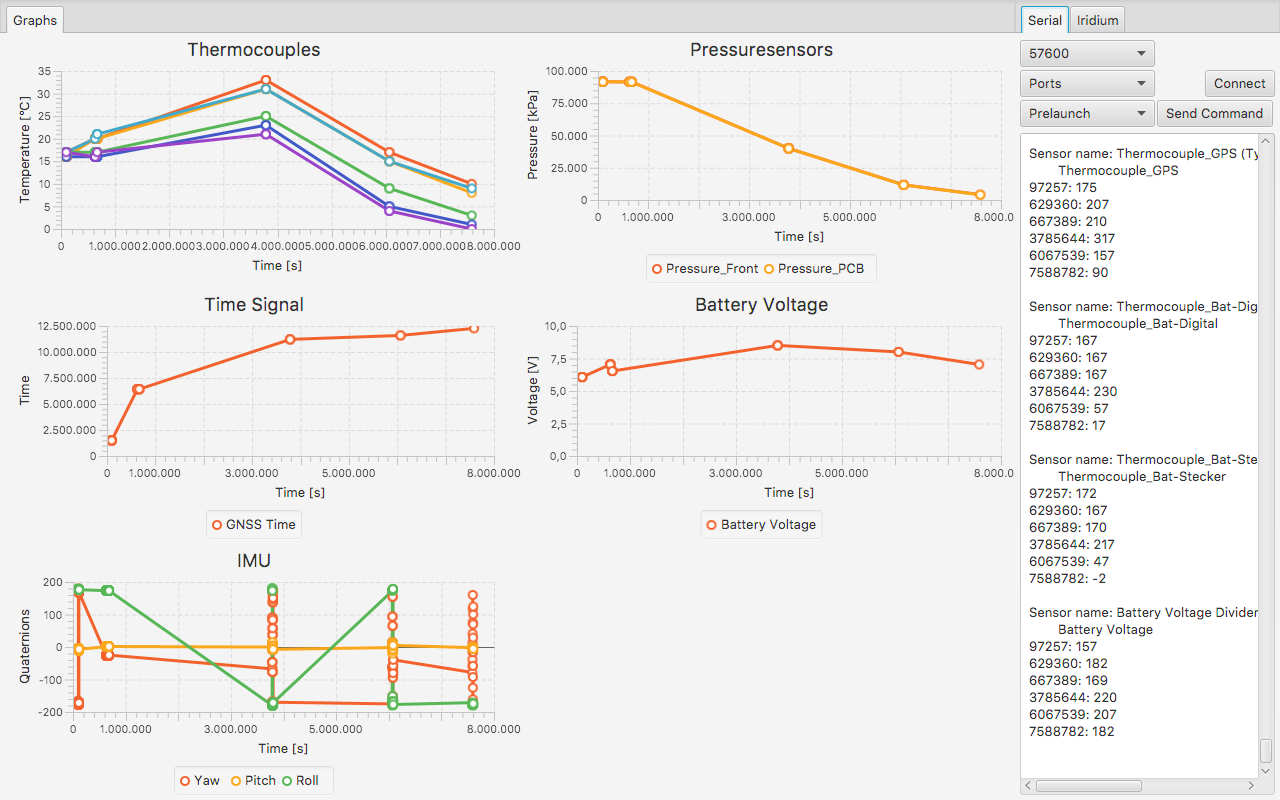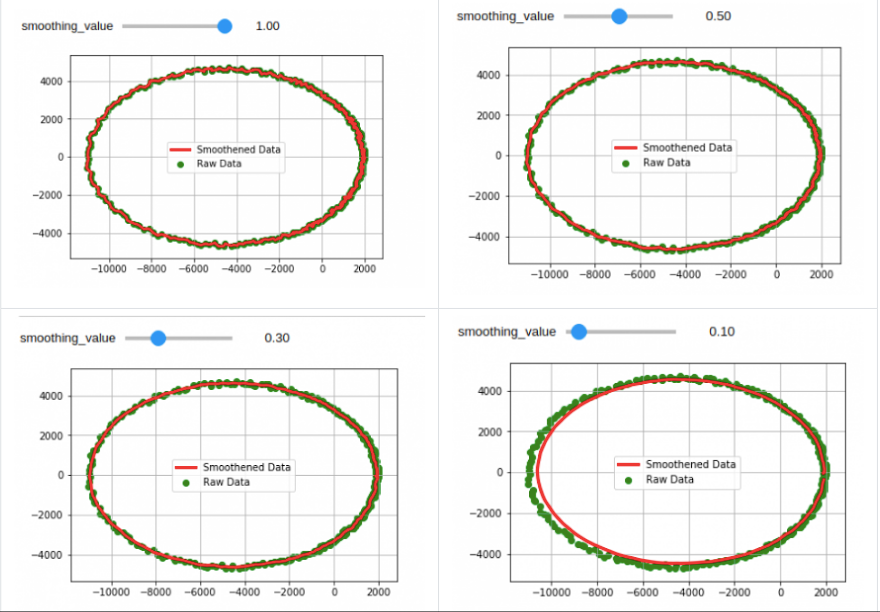Introduction

The Universal Space Operations Center, USOC, is an open-source tool that allows a simple and easy creation of a working groundstation to aid (student) space projects.
Due to the fact that the functionality of every experiment should be checked before lift-off, a communication software for up- und downlink is required. USOC follows a generic approach and offers the possibility to write this software automatically using a configuration file. The program structure is divided into three main components:
- Communication software
- Graphical user interface (GUI)
- Controller for interaction between communication software and graphical user interface
Based on the input of the user in the configuration file, the GUI and partially also the controllers can be written automatically. In this matter, USOC generates appropriate functionalities within the controllers for individual GUI contents, which can then be adapted manually. Changes in the configuration file are detected, localized and the corresponding GUI structures and controller functionalities are regenerated. If these are manually written functionalities, they are recognized and not overwritten. USOC also brings pre-coded functions, such as communication via serial ports and/or the Iridium satellite network, as well as a three-dimensional visualization of GNSS data. For further details of these functions, I would like to refer to the GSoC2017 project of Valentin Starlinger, whose blog post can be reached here.
In this way, essential parts of a ground segment software can be created quickly and easily. Because of the wide diversity concerning the experiments in the space sector, people from all over the world can use USOC and add functionalities for their individual project to develop and extend the Universal Space Operations Center.
„[GSOC2017] Introduction to the generic creation of a ground station using USOC“ weiterlesen




